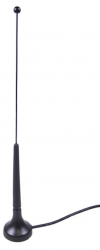Radio-hard-to-reach places have a solution
SENSECOM devices are sometimes placed in places that are difficult to reach by radio, such as:
- Basements
- Shafts
- Cellular enclosures
The simplest solution is to output the signal using an external antenna with a coaxial cable up to about 2m to the location of the availability of the nationwide IoT network.
An alternative option is to use a SENSECOM-WSH, WNH repeater placed to the signal availability point of the nationwide IoT network and at the same time to a distance of approx. 20m from the SENSECOM end device.
Solution for nests of several SENSECOM devices
In some applications, several SENSECOM devices are used simultaneously within a radius of about 20 m from each other, or at the same time in places with more difficult signal availability (a set of sensors under bridges, several consumption meters in basements of buildings or clad halls, etc.).
In these cases, it is advantageous to deploy a SENSECOM WSHx, WNH gateway that collects data from several SENSECOM devices and routes them to the entire IoT network through this common gateway.
SENSECOM-WSH as a repeater
IoT communication device of the repeater type for signal transmission from one SENSECOM end device (locally via WLAN) to the whole IoT network.
SENSECOM-WSH, WSHD
- Repeater for one SENSECOM terminal device to an IoT network
- Lithium battery options:
- size “C” (type WSH)
- size “D” (type WSHD)
- Outdoor design, IP65 (IP67 with silicone)
- 2-10 years without battery replacement (depending on number of messages transmitted and battery size)
- Magnet control (activation, pairing, sleep)
- IoT nationwide network:
- SIGFOX
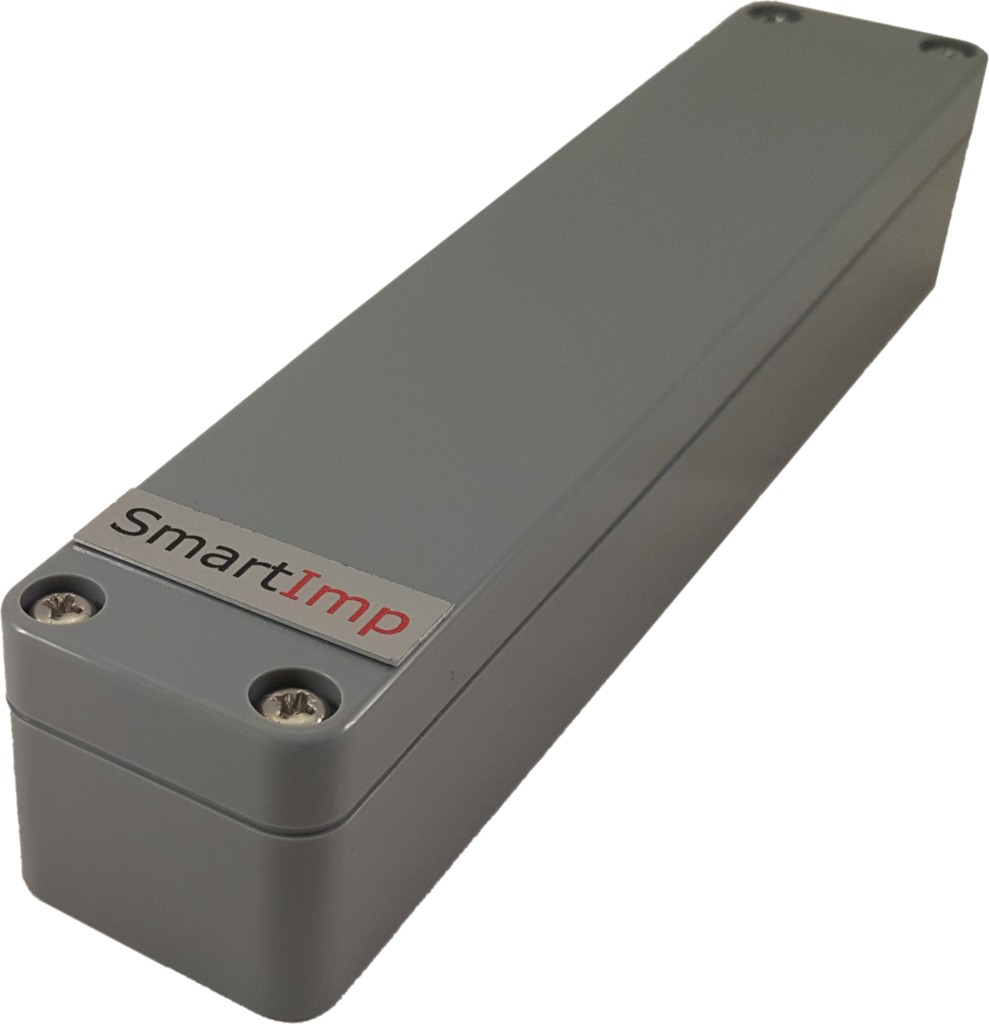
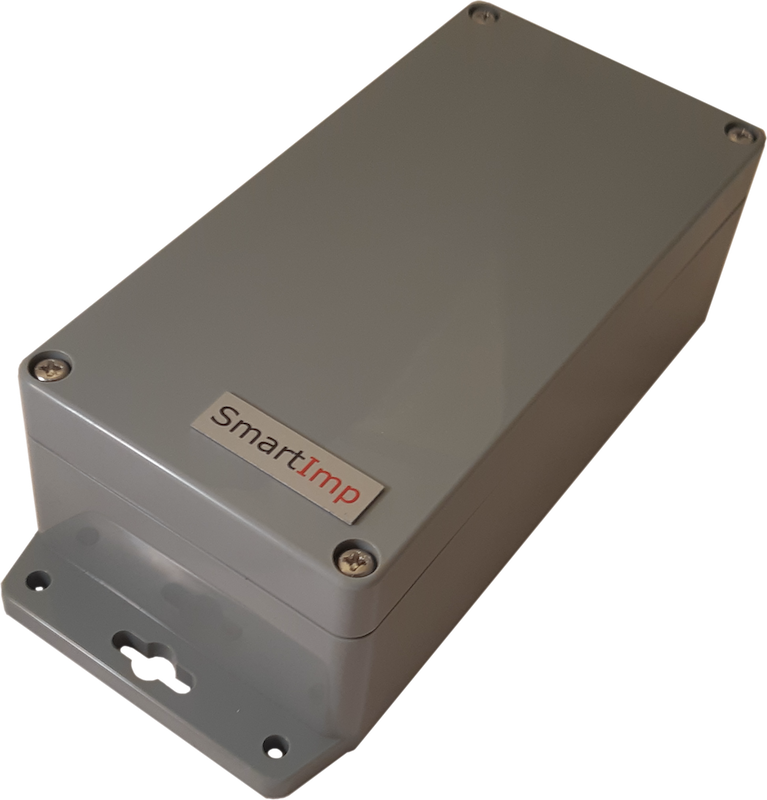
SENSECOM-WSH as a gateway
IoT communication device for data transmission from several SENSECOM end devices simultaneously (locally via WLAN) to a nationwide IoT network.
SENSECOM-WSHDx, WNH
- Gateway for several SENSECOM terminal devices to an IoT network
- Lithium battery size “D”
- Outdoor design, IP67
- 2-10 years without battery replacement (depending on number of messages transmitted and battery size)
- Magnet control (activation, pairing, sleep)
- IoT nationwide network:
- SIGFOX (models – WSHD series)
- NB-IoT (models – WNH series, planned availability 9/2022)
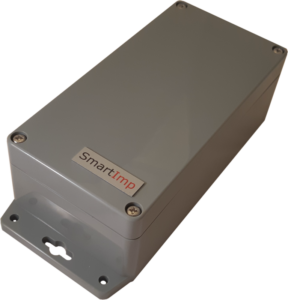
External antennas
Types of external antennas for outputting the signal from radio difficult places (for SENSECOM device types that have SMA connector for external antenna connection).
Hat antenna
- Usually designed to be placed on a metal surface (e.g. on a cabinet plate, in which a hole for the antenna mounting shank must be made, depending on the type of antenna – square or round).
- The metal surface forms an extended antenna base which provides sufficient radiation performance for these types of antennas.
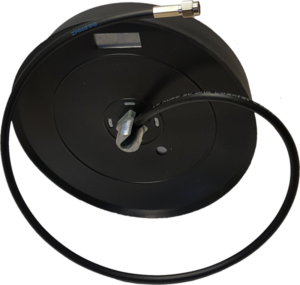
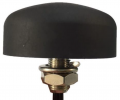
Dipole antenna
- Typically, it is in the form of a board with a plastic surface with double-sided adhesive tape for sticking to a non-metallic surface (e.g. plastic switchboard, door, etc.)
- This type of antenna radiates its entire surface independently, it must not be attached to a metallic surface.
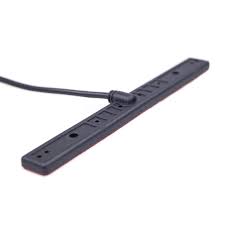
Rod antenna
- Usually as a thin long rod coming out of a base fitted with a magnet for easy attachment to a metal surface, or with double-sided adhesive tape for stronger attachment to a surface (metal, plastic, etc.)
